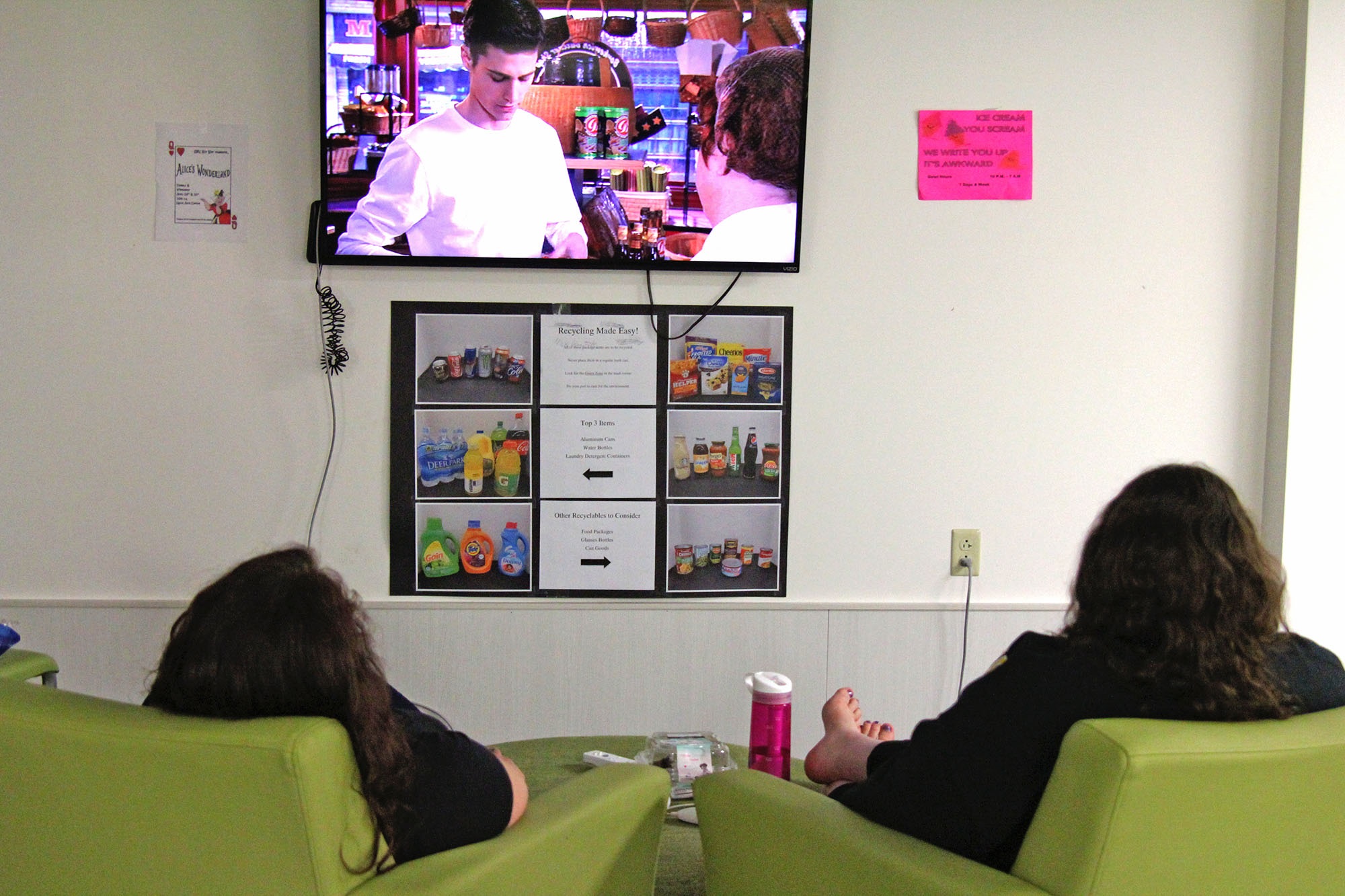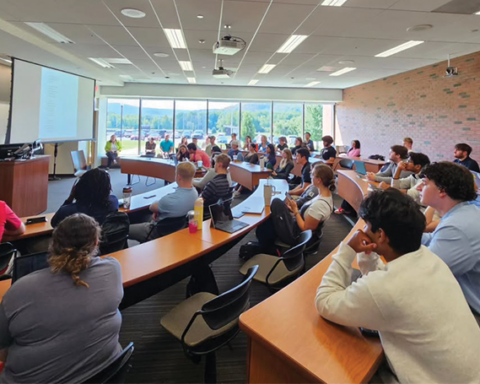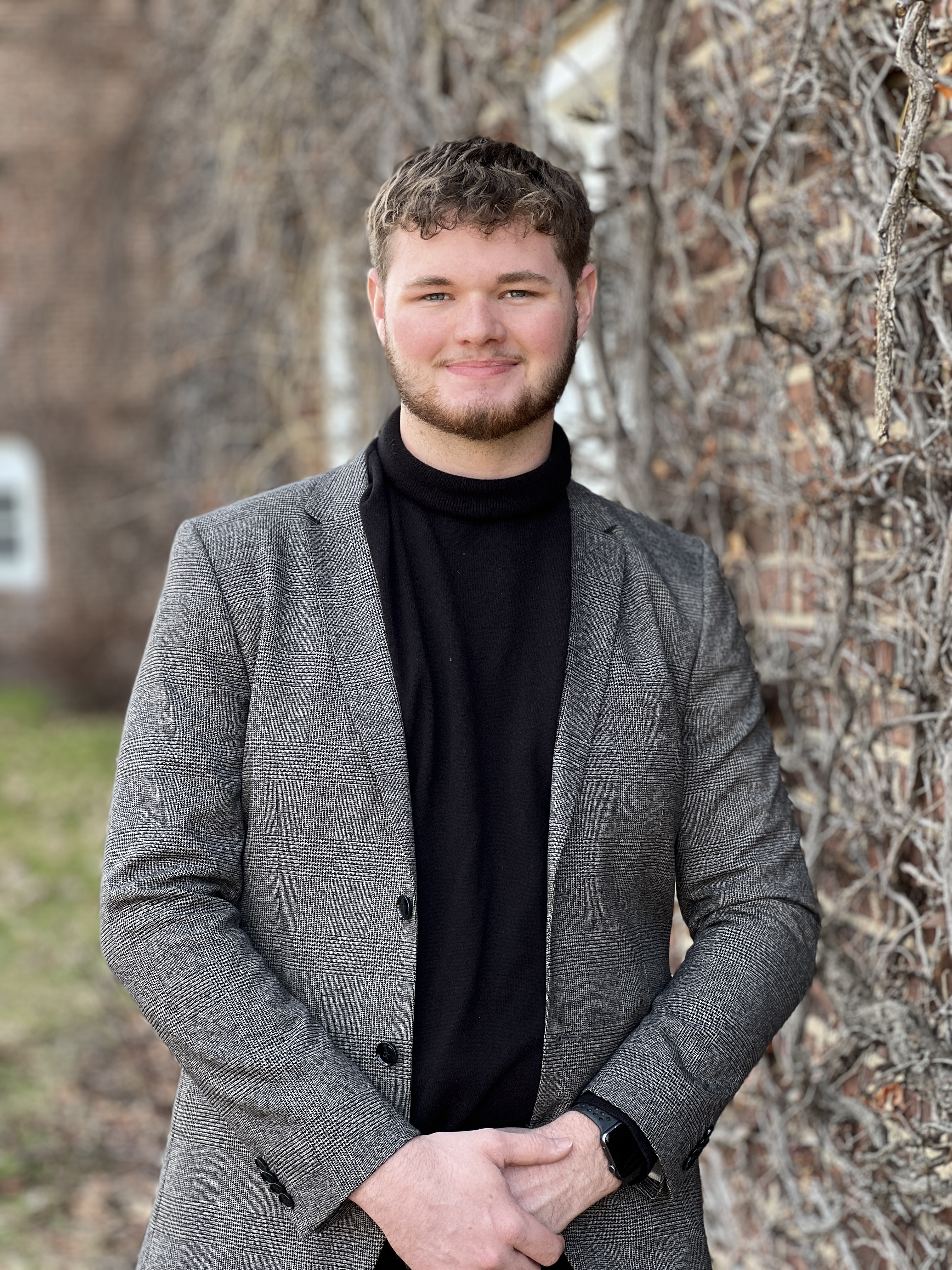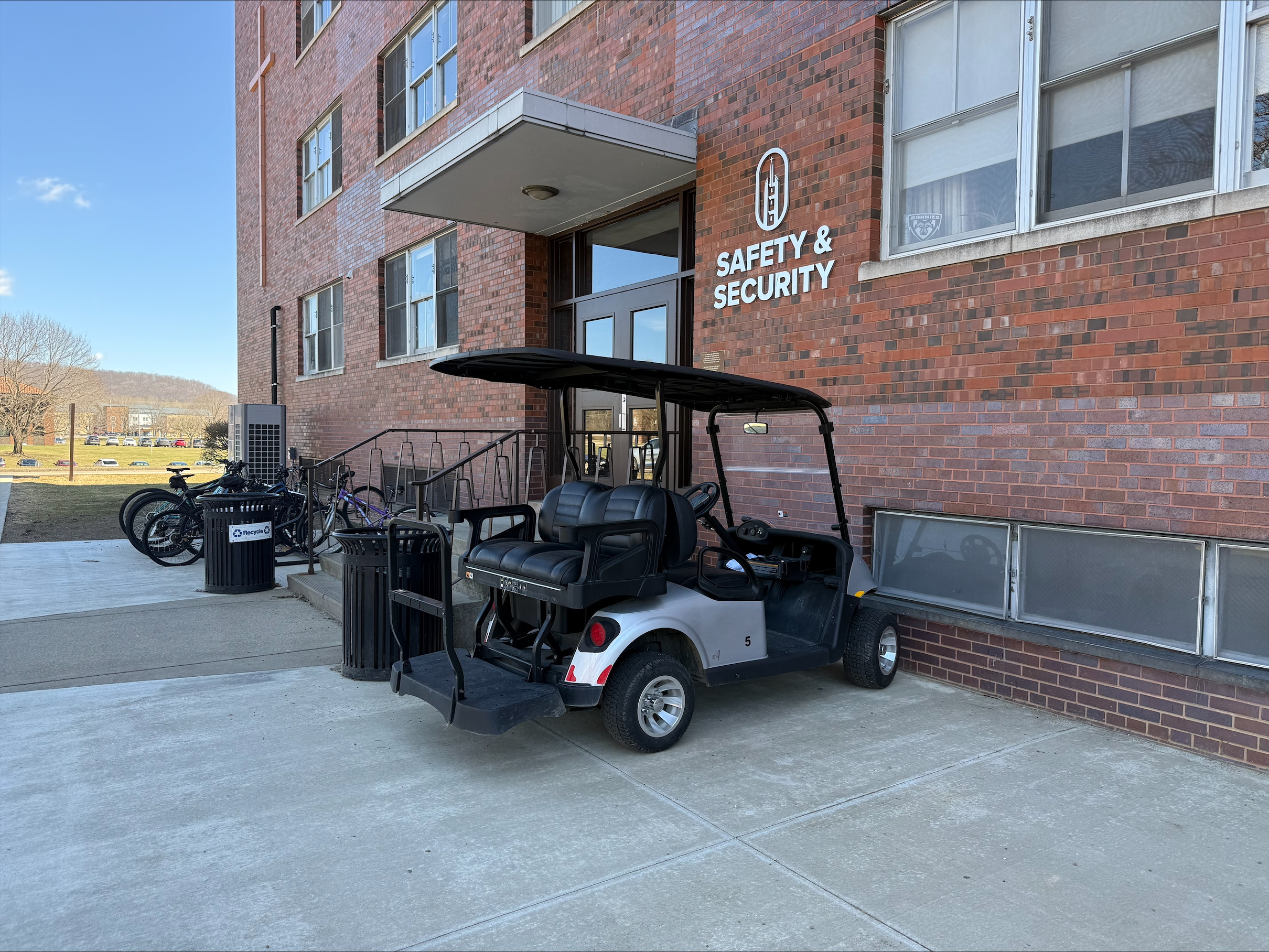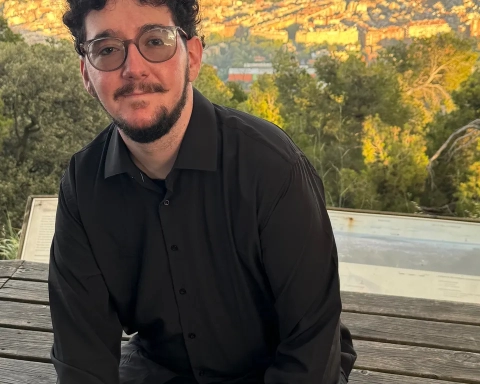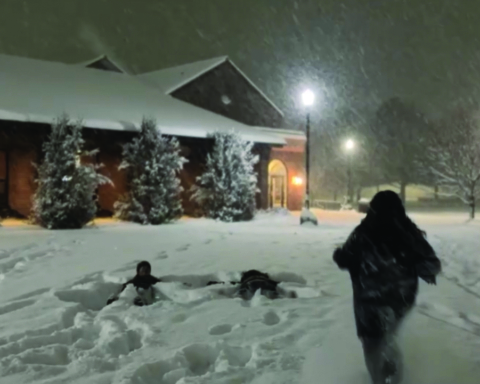By Rachel Konieczny
Assistant News Editor
Beginning next fall, St. Bonaventure University will no longer provide free cable service to individual student residence spaces.
Instead, Bonaventure will be more than tripling its Internet bandwidth strength.
Bandwidth is the transmission capacity of a computer network.
“The reality is, as students are self selecting to receive video content over the Internet, it’s forcing us to react and adjust our infrastructure to accommodate that changing need or that changing demand,” Michael Hoffman, associate provost and chief information officer, said.
According to Hoffman, members of student affairs and the Student Government Association (SGA) conducted a study to determine the importance of cable TV and Internet to students on campus.
The study asked students to choose between faster wireless Internet access and free cable TV.
Approximately 70 percent of students surveyed choose faster wireless Internet access.
Cianna Duringer, a sophomore math major, said she was excited after receiving the campus-wide notice on April 13.
“It’s common knowledge that our WiFi on campus has been less than ideal for a long time,” Duringer said. “I think St. Bonaventure’s decision to triple the bandwidth will decrease a lot of the issues we see with the WiFi now, such as slow downloading times and an occasional lack of internet all together.”
The study looked at graphs of Internet usage over time, what peer institutions are doing and results of the annual technology survey, Hoffman said.
“When the resident students are on campus, our bandwidth is maxed out from about 10 a.m. in the morning until about 2 a.m. the next morning,” Hoffman said. “So there’s a very small block of time when it’s not maxed out. We hit that max last fall, so we knew we had to do something to upgrade the bandwidth.”
Hoffman said the cost for cable next year is yet to be determined, with the decision slowed due to Time Warner’s impending merger with Comcast.
All residence halls will have cable available in every lounge, including high definition TVs and an expanded lineup of digital channels, Hoffman said. There will be no free cable service offered in the townhouses. However, general areas on campus will have cable, such as the Rathskeller. Hoffman said students in townhouses could potentially collectively pay for cable.
Jordan Tyson, a freshman strategic communication major, said he was initially shocked with the university’s decision, but looks forward to how Bonaventure will respond.
“I was definitely shocked, but I wasn’t too disappointed, because I rarely use the cable and watch TV,” Tyson said. “I know a lot of people that enjoy watching [TV], but I could see how getting rid of the cable kind of makes you do other things—maybe it will increase more activity in the school.”
Hoffman said the increased Internet bandwidth next year will reinforce what is already trending among Bonaventure students.
“I suspect that [increased Internet bandwidth] might, to some extent, foster more communal viewing of live sporting events and maybe popular shows, both because [students] won’t have it provided in their rooms for them as well as they’re going to have a much nicer experience in the lounges than they would have had because of the new TVs and digital services,” Hoffman said.
He said he sees the change as Bonaventure’s response to dwindling funds.
“I think what we’re doing is really responding to a trend that has been happening organically for the last couple of years, where much more video viewing has been happening over the Internet,” Hoffman said. “With a finite resource pool at St. Bonaventure, we have to make decisions on how we allocate our funds and so that’s what we decided.”

